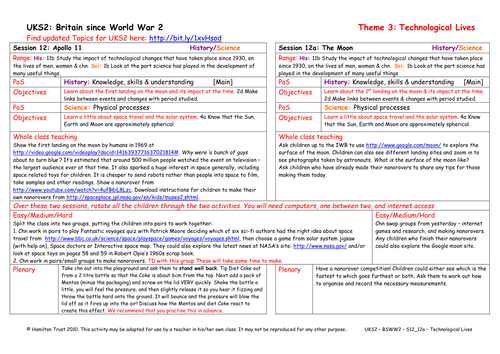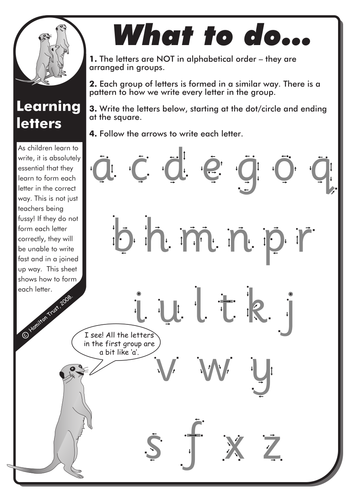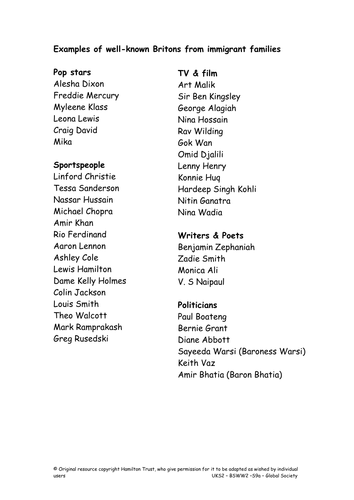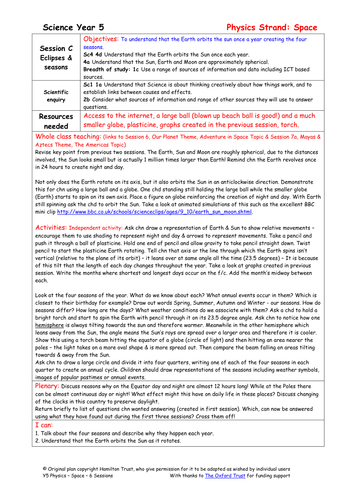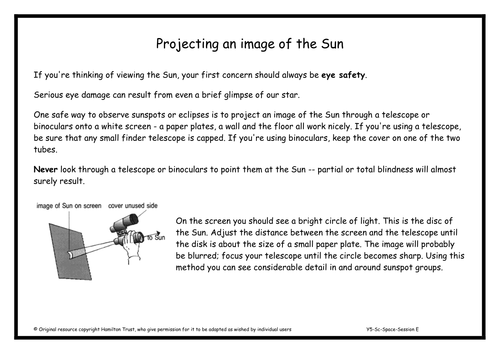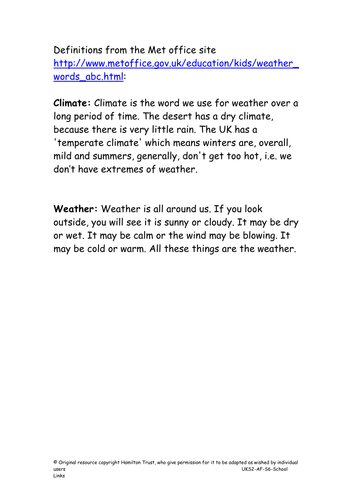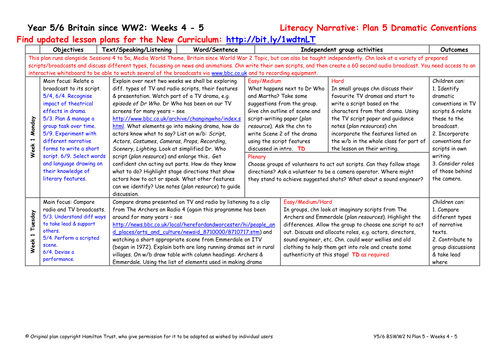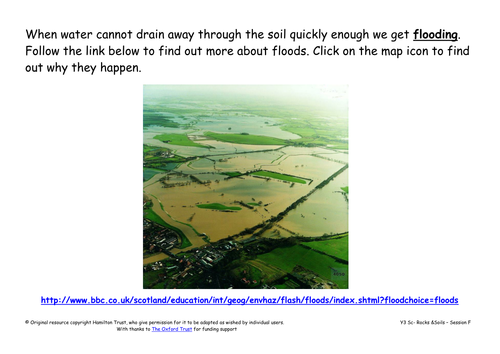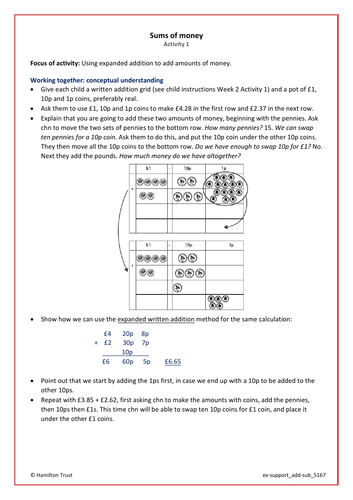
397Uploads
10041k+Views
11644k+Downloads
All resources

The Moon
Children explore the surface of the moon using a website, carry out the activity they didn’t do in session 12, then have a nanorover race.

Tumble Driers
Children find out how a tumble drier works, list the advantages and disadvantages of tumble driers and then have a debate about whether they are a good or bad thing!

Tumble Driers
Children find out how a tumble drier works, list the advantages and disadvantages of tumble driers and then have a debate about whether they are a good or bad thing!

Year 1 - Fiction 1: Stories with familiar settings
Use the story of Knuffle Bunny, by Mo Willems, to inspire children to write a story about their favourite soft toy. Practise forming upper and lower case letters. Use capital letters for names and to start sentences. Investigate words ending in 'le' and words containing /oy/.

Well-Known Immigrants
Most immigrants who have come to Britain have brought skills with them. Many immigrants or descendants of immigrants have become well-known in the fields of sport, entertainment, politics and the professions. Children research and list examples.

Eclipses and seasons
The Sun is a million times larger than Earth so how can its rays sometimes be obscured by the much smaller Moon? Children discover how eclipses are created and how the Earth’s tilt on its axis creates seasons.
Suitable for Year 5 pupils.

Earth, Moon and Sun
The world is in their hands in this session along with the Moon and the Sun! Children create drawn scale models of each and use a trundle wheel to measure scaled distances between them.
Suitable for Year 5 pupils.

Star constellations
Children have stars in their eyes in this session as they find out more using internet research. They identify common constellations and discover how they are linked to horoscopes. How accurate are their star sign characteristics?
Suitable for Year 5 pupils.

Climate
Investigate the climate of the UK and different parts of Africa. Consider how the weather affects our daily lives – clothes, homes, transport, food, etc. Keep a weather chart to swap with your link school or research climate change in UK and Africa.
Suitable for years 5 and 6.

Elastic band investigation
S – t – r – e – t – c – h is the key word in this session as elastic bands are safely tested in the classroom. What happens as the mass suspended from the elastic band increases? Data on graphs will make the outcome clear.
Suitable for Year 6 pupils.

Dramatic Conventions Weeks 3 - 5
Children look at a variety of prepared scripts and broadcasts, both radio and TV. They discuss different types, then focus on news and short animations. Children write their own scripts and create a 90 second audio broadcast which they record.
Suitable for Year 5 and 6.

Soil investigation
Look at images, and discuss the effects and causes of flooding. Do a practical investigation about the permeability of 3 different types of soils including measuring. Review what children have learnt.
Suitable for Y3 pupils.

Other drugs
Discuss the use of the word drug for medicinal purposes as well as addictive substances. Children draw posters warning about the dangers of drugs in the home and draw conclusions about the various ongoing investigations about micro-organisms.
Suitable for Y6 pupils.

Revise fractions; find unit and non-unit fractions of amounts - Teaching Presentation - Year 4
This presentation provides three days of teaching that cover the objectives:
Count in 1⁄4s, 1⁄3s, 1⁄8s and 1⁄10s saying equivalent fractions.
Find unit and non-unit fractions of amounts.
It includes starter activities, whole class teaching, group activities, practice sheets and mastery questions. It can be used on a variety of interactive whiteboards.
Day 1
Count in thirds along a 0-5 line marked in thirds. Point at a mark; children write the number. Repeat with a line showing 1/4s. Stress mixed numbers, e.g.one and three quarters; equivalence, e.g. one and a half is the same as one and two quarters. Repeat for tenths.
Day 2
– Use a picture of a chocolate bar with 30 pieces to show how to find 1/5, 3/5, and 4/5 of 30, then 1/6 of 30 and 5/6 of 30. Repeat with 50 pieces to find 1/10 and subsequent non-unit fractions, e.g. 3/10.
Day 3
Sketch a pizza and divide it into eight equal sections. If 16 bits of salami are distributed equally, how much on each slice? Show that 1/8 of 16 is 2 (16 ÷ 8); then derive other facts: 2/8 of 16 = 4, 3/8 of 16 = 6, etc. Show that 4/8 is 1/2. Demonstrate using a bar model and repeat with 24 pieces of tomato.
This teaching is part of Hamilton’s Year 4 Decimals and Fractions block. Each Hamilton maths block contains a complete set of planning and resources to teach a term’s worth of objectives for one of the National Curriculum for England’s maths areas.

Subtract larger numbers using counting up (frog) - Teaching Presentation - Year 3
This presentation provides five days of teaching that cover the objectives:
• Revise placing 2-digit numbers on lines
• Place 3-digit numbers on lines
It includes starter activities, whole class teaching, group activities, practice sheets and mastery questions. It can be used on a variety of interactive whiteboards.
Although column subtraction is specified for Year 3 in the National Curriculum, Hamilton believe that teaching column subtraction in Year 4 will be more successful. The National Curriculum Guidance specifies that teachers can teach areas of study in different year groups than those mentioned in the Curriculum, so long as they are taught within the same Key Stage. If you would like to teach column subtraction in Year 3 please see Year 4 Addition and Subtraction autumn Unit 7, spring Unit 4 and summer Units 2 and 3.
Day 1 Teaching
Write 137 – 72. Agree we can use Frog to find this difference, by, counting up from 72 to 137. Draw an empty number line jotting to show this and model each of Frog’s jumps (72 to 80, 80 to 100 and 100 to 137). Explain that we can do 1 big jump to 100. Repeat to model using Frog to do £1.46 – 83p. Children try £1.23 – 88p.
Day 2 Teaching
Display a word problem resulting in the calculation 476 – 438. How can Maths Frog help us to work this out? Frog will start on 438, jump to the next 10 (440), then jump to 470, then 476. Remind children that we could do one big jump of 36 from 440 to 476 if we are confident but we don’t have to! Children try 873 – 837.
Day 3 Teaching
Show a toy priced £4.67. Give a child a £5 note and ask them to use this to pay for the toy. You’ve given the shopkeeper too much money. How will she work out how much change to give you? Maths Frog can help us! Sketch a line from £4.67 to £5. Model using Frog to hop to £4.70 and then to £5. Repeat, to find change from £10 and £20.
Day 4 Teaching
Show a game and say that it costs £18. So far Katie has saved up £7.55. How much more does she need? Maths Frog can help! Sketch a line from £7.55 to £18. Model the hops from £7.55 to £7.60, then to £8, then to £18. Ensure children add hops accurately to find the answer: £10.45. Repeat as necessary for finding the difference between £8.43 and £14, then £6.55 and £19.
Day 5 Teaching
A family have £100 and so far have spent £67.73. How much money is left? Use Frog to model the hops. Ask children to add the jumps, adding the £s first then the pence, then put them together. Some children may draw 3 hops, others draw 4. It doesn’t matter as long as we get the right answer! Repeat for a family who have spent £62.41 out of their £100.
This teaching is part of Hamilton’s Year 5 Decimals and Fractions block. Each Hamilton maths block contains a complete set of planning and resources to teach a term’s worth of objectives for one of the National Curriculum for England’s maths areas.

Extra Support Activity: Decimal and money calculation. (Year 5 Addition and Subtraction)
This activity is designed to be used by a teacher or a TA with children who need extra support before they can tackle these National Curriculum objectives: Decimal and money calculation.
Sums of Money - Using expanded addition to add amounts of money
DVD Decisions - Using counting up (Frog) to calculate change from £10
This Extra Support Activity is part of our Year 5 Addition and Subtraction block. Each Hamilton maths block contains a complete set of planning and resources to teach a terms worth of objectives for one of the National Curriculum for England’s maths areas.

Problem-Solving Investigation: Decimal and money calculation. (Year 5 Addition and Subtraction)
Year 5 Addition and Subtraction: Decimal and money calculation.
This in-depth Maths Investigation will develop maths meta-skills, and enable children to learn to think mathematically and articulate mathematical ideas.
In-depth Investigation: Adding Odd and Even Amounts
Children create two amounts of money – one with even digits, one with odd digits – and add these. They look for patterns of even/odd in the totals.
This problem-solving investigation is part of our Year 5 Addition and Subtraction block. Each Hamilton maths block contains a complete set of planning and resources to teach a terms worth of objectives for one of the National Curriculum for England’s maths areas.

Extra Support Activity:Column subtraction; choose strategies. (Year 5 Addition and Subtraction)
This activity is designed to be used by a teacher or a TA with children who need extra support before they can tackle these National Curriculum objectives: Column subtraction, and choosing a method.
Frog’s Ginormous Jumps - Using counting up (Frog) to subtract 3-digit numbers.
This Extra Support Activity is part of our Year 5 Addition and Subtraction block. Each Hamilton maths block contains a complete set of planning and resources to teach a terms worth of objectives for one of the National Curriculum for England’s maths areas.

Practice Worksheets: Properties of numbers, e.g. odd/even. (Year 2 Place Value and Fractions )
Year 2 Place Value and Fractions: Properties of numbers including odd/even.
Procedural fluency practice Worksheets to achieve maths mastery. Differentiated for children working towards Age Related Expectations (ARE), at ARE and at greater depth.
Day 1 - Make odd and even numbers from a range of given digits.
Day 2 - Sort numbers into ‘sorting machines’ according to given criteria.
These procedural fluency practice sheets are part of our Year 2 Place Value and Fractions block. Each Hamilton maths block contains a complete set of planning and resources to teach a terms worth of objectives for one of the National Curriculum for England’s maths areas.

Extra Support Activity: Properties of numbers including odd/even (Year 2 Place Value and Fractions)
This activity is designed to be used by a teacher or a TA with children who need extra support before they can tackle these objectives: Properties of numbers including odd/even.
Blues and Twos - Counting in 2s from 1 and from 2
This Extra Support Activity is part of our Year 2 Place Value and Fractions block. Each Hamilton maths block contains a complete set of planning and resources to teach a terms worth of objectives for one of the National Curriculum for England’s maths areas.

